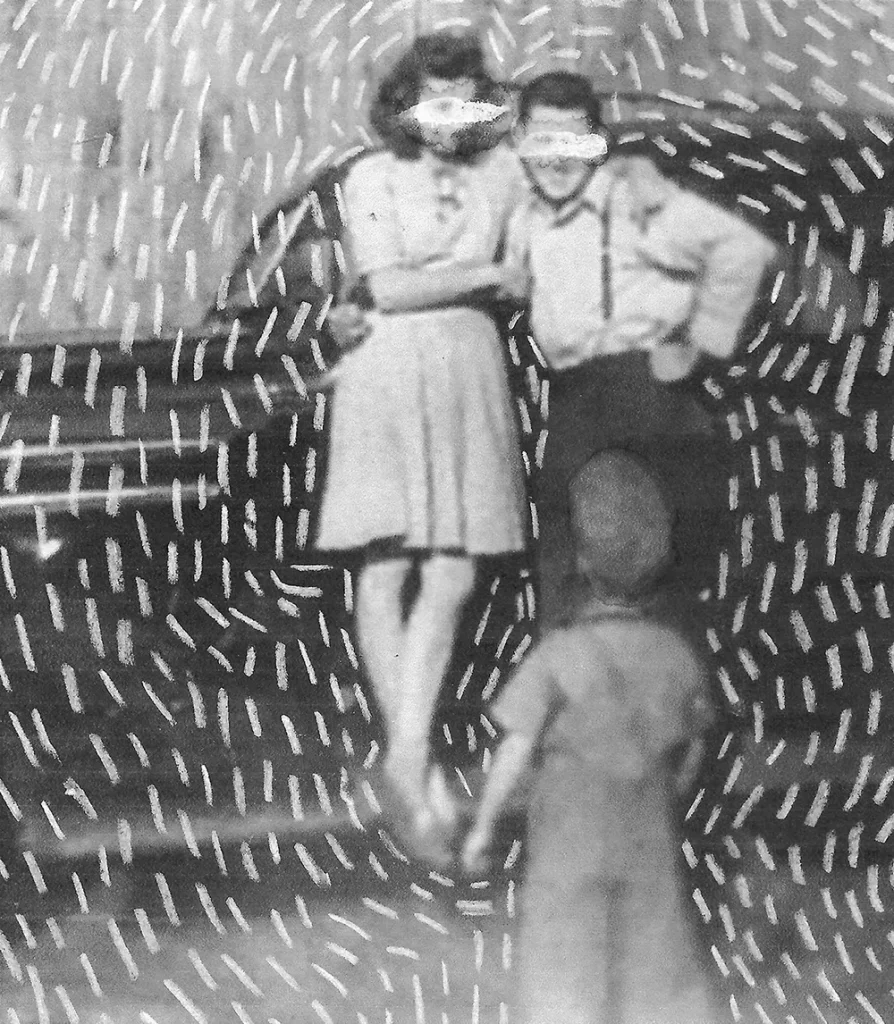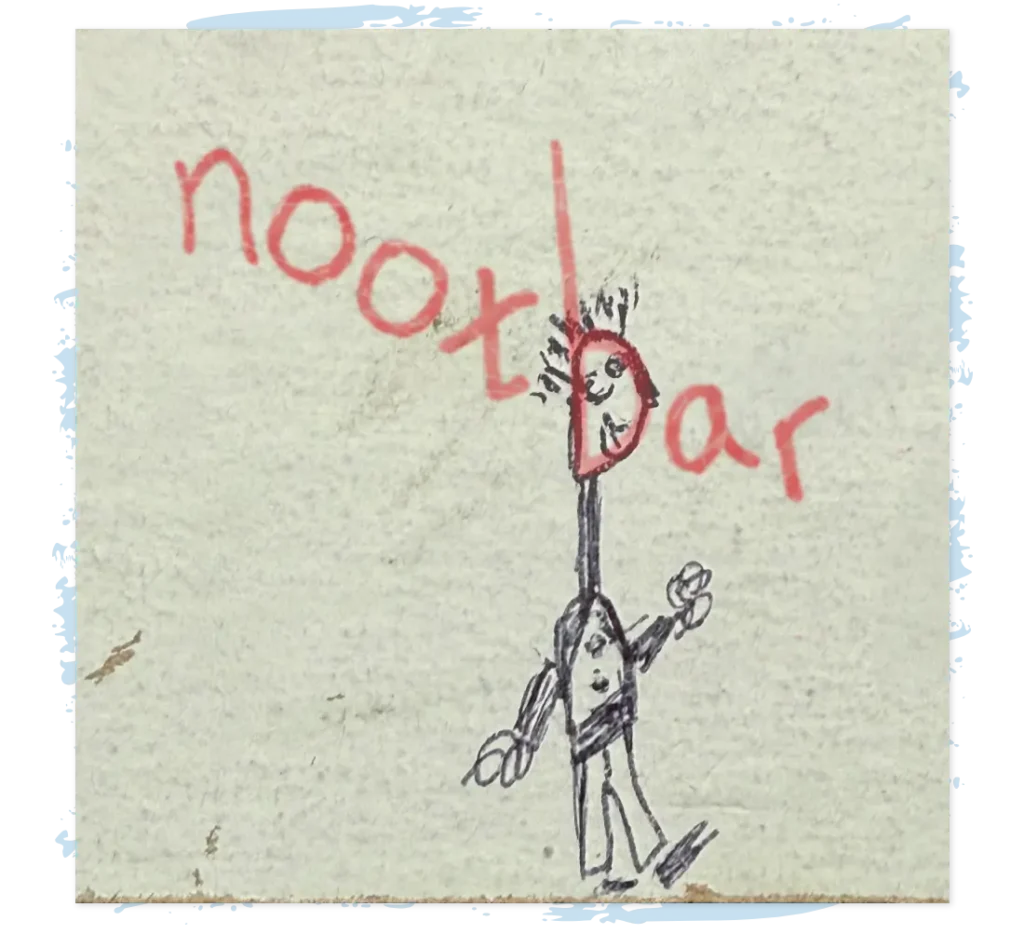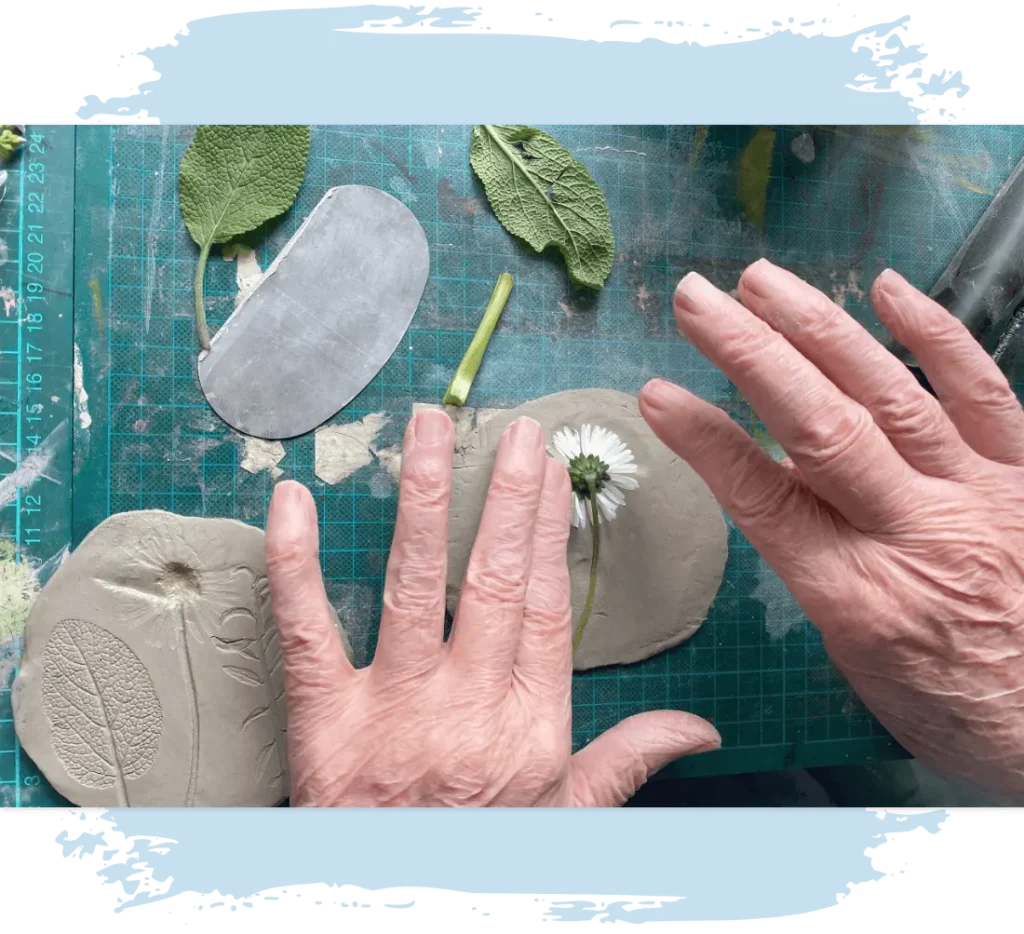As all dementia and Alzheimer’s caregivers know, feelings of grief can come long before their loved one passes away, something commonly referred to as “ambiguous loss.” In this sense someone who has a loved one with dementia can end up going through the grief process twice. First when the person is alive, grieving the loss of their loved one as they once knew them. Then a second time when the person dies.
Photographer Amy Parrish portrays the grief that she experienced in relation to her grandmother through a series of images entitled Check the Mail for her Letter. Through blurry images and shades of gray, Parrish captures the emotions of grief she experienced during and after her grandmother’s dementia journey.
Grieving while simultaneously supporting or caring for a loved one with dementia can be very challenging, and it can take a toll on the caregiver’s mental health and wellbeing. It’s important that caregivers take time to care for themselves along the dementia journey, to soften the impact of this ambiguous loss.
Caregivers should consider things like:
- Exploring local support groups
- Taking care of physical health through diet and exercise
- Connecting with mental health professionals, as possible
- Ensuring they have access to respite care for their loved one, so they can recharge
- Finding activities to do with their loved one to connect and highlight their strengths
Without a release, the grief takes a toll on a caregiver’s mental health and therefore often impacts the care they are providing to their loved one. For Amy Parrish, her expression of grief was through her artwork.
Ambiguous grief is one of the most unique and challenging aspects of being a dementia caregiver. It increases the impact of the disease on the caregiver and the need for support both during and after the dementia caregiving journey.
For more information and resources about grieving in dementia, download the Alzheimer’s Society PDF: Ambiguous Loss and Grief for Individuals and Families.











